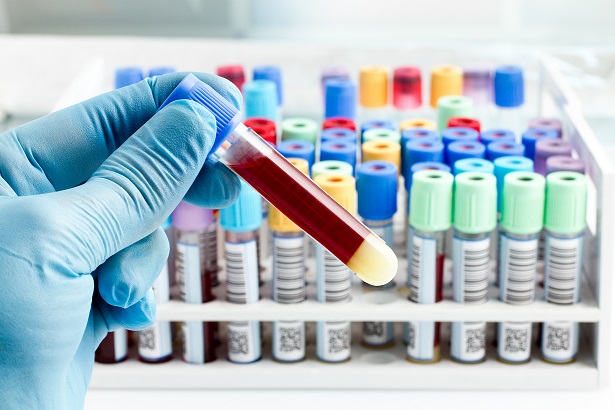
When it comes to compliance with European regulations, manufacturers of in-house lab-developed tests have had it pretty good…along with most other IVD manufacturers. While the EU In Vitro Diagnostic Directive (IVDD 98/79/EC) exempted makers of so-called in-house tests (aka LDT), the new In Vitro Diagnostic Regulation does not carve out many exemptions for these tests. Still, without a single utterance of LDT in the entire IVDR, and no guidance documents published as of October 2023 many manufacturers are scratching their collective heads about what will be required and what to do next.
First, let us clarify what we mean by the generic term “lab-developed tests.” Although this specific term is not really used in the EU as it is in the US, there are two distinct types of in-house tests.
1 – Tests developed by and conducted at a health institution (for example, a biopsy tissue sample). A health institution is an organization whose primary purpose is the care or treatment of patients or the promotion of public health, and while the institution is placing an IVD “into service,” it is not placing the IVD “on the (EU) market.” IVDR Article 5 describes the specific requirements for these health institutions.
2 – Testing services where a sample is sent to a lab and a result is sent back (for example, a commercial genetic test using a saliva sample). Testing services are covered under IVDR Article 6 regarding Distance Sales and are treated the same as if the IVD was sold commercially (placed on the market).
This article focuses on testing services and Article 6. Some key points to understand:
Shown below is a quick reference table of compliance applicable for in-house tests where a sample is collected within the EU, then sent back to a lab inside or outside the EU.
Areas to Review | Required? |
General Safety and Performance Requirements | Required, see Annex I |
CE Marking of Test | Required, regardless of where actual testing is done |
IVDR Classification of Specimen Receptacles | Class A |
IVDR Classification of Tests | Class B, C, or D |
Performance Evaluation | Required, see Article 56 and Annex XIII |
Postmarket Surveillance (PMS) | Required, see Articles 78-79 and Annex III |
Corrective and Preventive Action (CAPA) | Required under Annex I |
Quality Management System Compliance | ISO 13485 is essential |
Exemption for Research Use Only (RUO) Products | Must have no medical purpose |
As of October 2023, there are no published guidance documents from the IMDRF related to compliance for these types of tests. This may change soon, and we recommend you monitor the European Commission page showing all current and planned EU MDR and IVDR guidance.
Yes. Even though specimen receptacles are considered Class A devices under the IVDR and can be self-certified, your test itself is no longer exempt and must follow IVDR classification guidelines found in Annex VIII, Article 47, and this guidance document. Also, it no longer matters where the actual test is conducted if your specimens are taken from European patients. Article 6 – Distance Sales specifically describes the need for compliance for testing services.
Unlikely. MEDDEV 2.14/2 clearly defines Research Use Only (RUO) products, and to qualify under that definition, the test must have no intended medical purpose.
If your IVD is Class B, C, or D, probably yes. The primary reason is that ISO 15189 certification focuses on the requirements for using in-house tests, whereas ISO 13485 adds requirements for manufacturing. As such, ISO 15189 does not cover all of the requirements of the IVDR. To be sure, consult with your Notified Body.
If you need to get up to speed quickly on the IVDR, we have just the program for you. Our IVDR training class takes a deep dive into the nuts and bolts of the regulation and what your company needs to be doing right now to get ready. If you need to turbocharge your efforts, our IVDR consulting or ISO 13485 implementation teams are ready to hit the ground running and get you on the path to compliance quickly.

US OfficeWashington DC
EU OfficeCork, Ireland




UNITED STATES
1055 Thomas Jefferson St. NW
Suite 304
Washington, DC 20007
Phone: 1.800.472.6477
EUROPE
4 Emmet House, Barrack Square
Ballincollig
Cork, Ireland
Phone: +353 21 212 8530